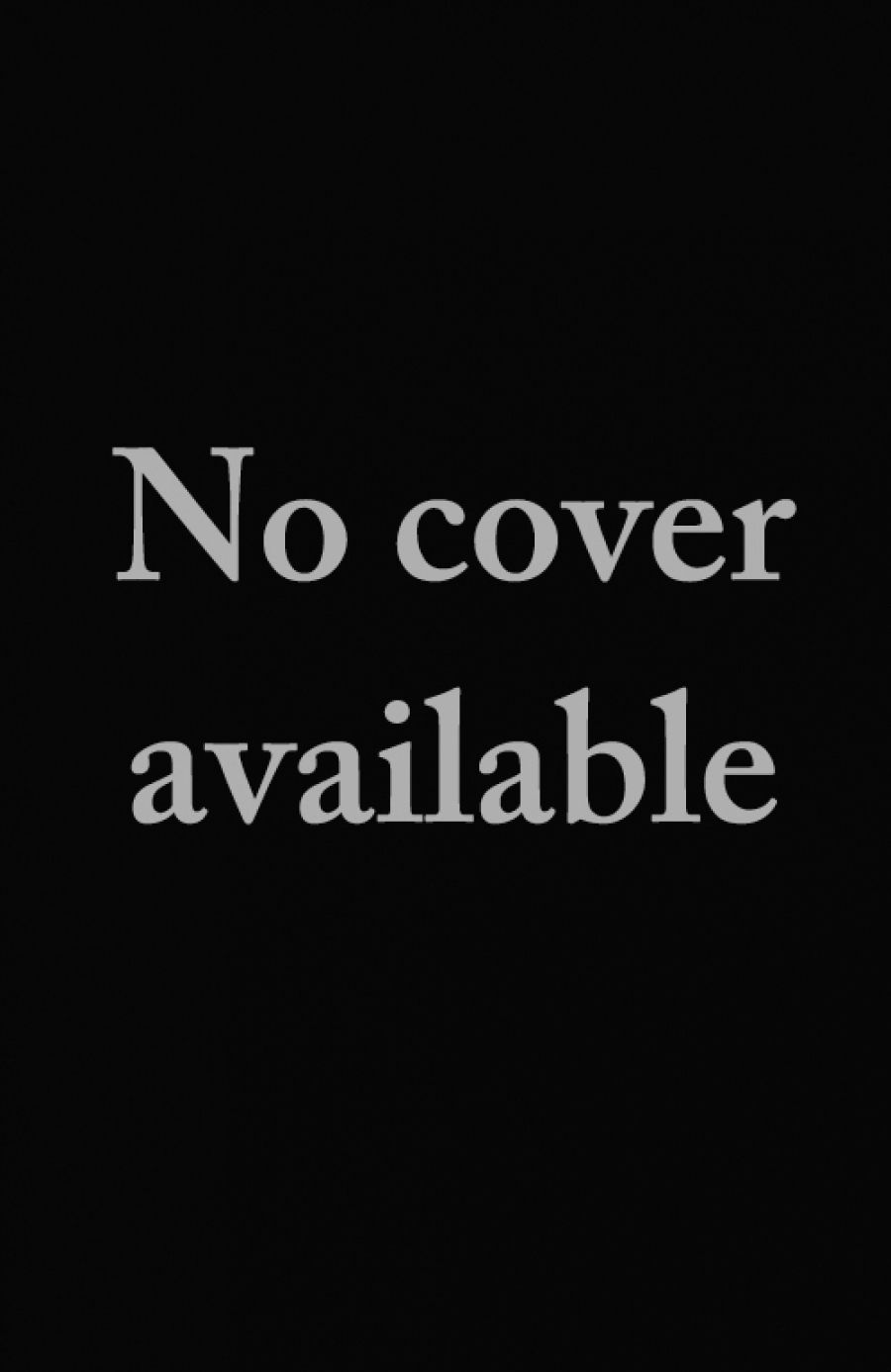
- Free Article: No
- Contents Category: Poetry
- Review Article: Yes
- Online Only: No
- Custom Highlight Text:
This is Caroline Caddy’s sixth collection of poetry. It comes to us after her well-received Antarctica, which the publicists mention in terms of her interest in ‘hinterlands and extreme landscapes’. Working Temple is not so much about that, it seems to me, as the sensual encounter one might have with exotic puzzles and puzzlement. It is a collection that almost advances a notion of experience as a temple within which the signs of that experience are worked and worked again.
- Book 1 Title: Working Temple
- Book 1 Biblio: FACP $16.95 pb, 94 pp
The setting is China, especially the booming, buzzing potential confusion of Shanghai. Caddy is alive to all manner of colourful things: skylines, streetscapes, food, tourists, bicycles, bodies, images and ideograms. She will start a poem by reference to such scenes or things in motion and take it down the page to a point where the movement of her gaze comes to a kind of halt. ‘Shanghai’ ends with:
... ancient remedies
insert tones in my brain
till out of a deep understanding
that can’t be resisted
my mouth begins to form
polyps of
small talk.
The neat assonance of the last phrase is rather typical. (The sweet celebratory close of ‘Persimmon’ is: ‘Persimmon persimmon persimmon/and go to heaven.) But so, unfortunately, is the tendency to overstate the self-declared meaning (why the ‘deep’ understanding?). In general Caddy begins a poem in an exciting way only to breathe too much slackness into her line breaks and force conclusions out of images that did not travel as well as they might.
She has an immensely promising set of poems about the martial arts. Their subject matter -the body in motion, and the body’s signs in space, the language of motion, and the poet’s alertness to its field – is the one that this whole volume most successfully explores. ‘Sensai’, ‘Shaolin’ and ‘Sword Dance’ are strong enough. ‘Tai Chi’ begins:
Here are people making happen
what I sweat to make happen
and succeeding!
They grasp
space and time with their bodies and transmit
its signature
I am delighted----
like stumbling upon
some natural phenomenon
that goes on every day ...
Which is fair enough: great potential. The spaces in the poem fit the natural order of the thinking that is taking shape. But the poem closes down only eight lines later:
I feel as though
I could give them a poem
and they would be able
to extemporise
though not in any language I could hear ...
I would have to watch
very carefully.
‘Tai Chi’ turns out to be a poem about not being able to write a poem. Another way of putting this is to say that the forms adopted by Caddy lend themselves to a peculiar evasiveness of their subject matter. It is as if Caddy has learnt the wrong things from, say, Denise Levertov: how to simulate an organic form without a body of the experience to base it on. Part of the problem might be Caddy’s commitment to watching rather than doing.
Strangely, however, considering the talkative opining of many poems, her intentions are to make ‘poems of observations’. In her introductory note she says she wanted to be able ‘to watch what was going on without being told, without moving the impressions of the senses too quickly into words’. And:
In Chinese painting the evidence of the brush is referred to as ‘bone’, the ink as ‘flesh’. In a poem the evidence of the awareness of writing is the ‘bone’, sometimes easily seen, sometimes not. In this book, because my aim is to evoke the feel of being in China, I have used more ink than brush.
If this is the case, then Working Temple has a lot of inky use of ink. To stay with the painting model: an editing of about half of the poems, a checking of their spread, would have cut them back to the kind of bone that fortifies flesh.


Comments powered by CComment